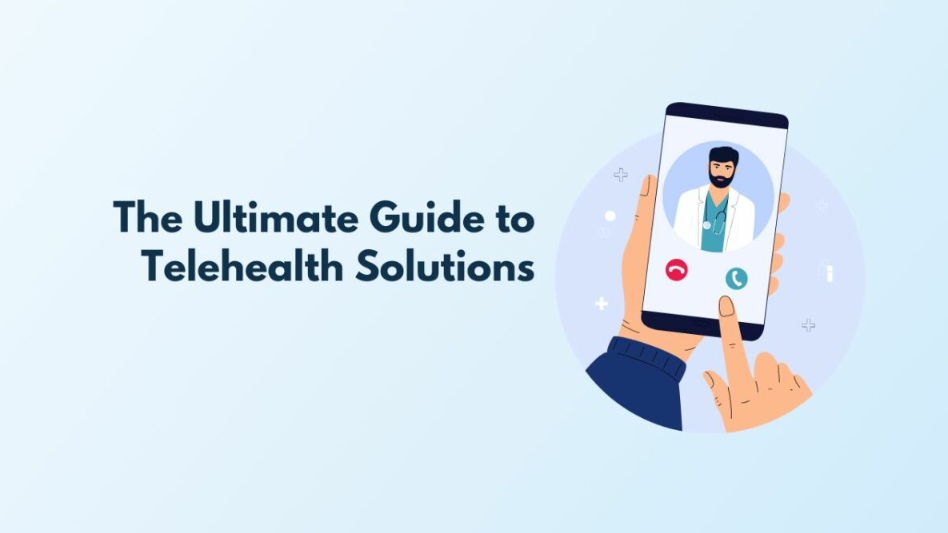
In today’s rapidly evolving healthcare landscape, the emergence of telehealth solutions has revolutionized the way medical services are delivered and accessed. This innovative approach combines technology with healthcare, bridging the gap between patients and healthcare providers, offering numerous benefits for both parties.
Understanding Telehealth Solutions
Telehealth refers to the use of digital communication tools and technology to provide remote healthcare services, consultations, monitoring, and education. It encompasses a wide range of services, including virtual appointments, remote monitoring of vital signs, telemedicine, and more.
Advantages for Patients
One of the primary advantages of telehealth solutions is improved access to healthcare. Patients in remote areas or with limited mobility can now connect with healthcare professionals easily. This convenience reduces travel time and associated costs, making healthcare more accessible.
Moreover, telehealth enhances continuity of care. Patients can have timely follow-ups, access specialists, and manage chronic conditions more effectively, leading to better health outcomes. Additionally, it allows for increased privacy and comfort during consultations, fostering a more relaxed environment for patients to discuss their health concerns.
Benefits for Healthcare Providers
Telehealth solutions not only benefit patients but also streamline healthcare delivery for providers. It enables practitioners to reach a broader patient base, extend their services beyond physical locations, and efficiently manage their schedules. This flexibility contributes to increased productivity while reducing overhead costs.
Furthermore, telehealth solutions facilitate better collaboration among healthcare professionals. Through secure platforms, doctors can easily consult with specialists, share patient data, and provide more comprehensive and informed care.
Key Considerations
While the advantages of telehealth are numerous, there are essential considerations to maximize its effectiveness. Ensuring data security and patient privacy remains paramount. Implementing robust encryption and compliance with regulations like HIPAA (Health Insurance Portability and Accountability Act) is crucial to maintain patient confidentiality.
Additionally, addressing disparities in access to technology is vital. Efforts must be made to ensure that all individuals, regardless of socio-economic status, have access to the necessary devices and internet connectivity to benefit from telehealth services.
The Future of Telehealth Solutions
As technology continues to advance, the future of telehealth appears promising. Integration with artificial intelligence (AI), wearable devices, and virtual reality (VR) is expected to enhance the capabilities of telehealth solutions further. These advancements will enable more personalized and precise healthcare delivery, revolutionizing the industry.
Conclusion
Telehealth solutions have already made a significant impact on healthcare delivery, offering convenience, accessibility, and efficiency. Embracing and further developing these technologies will continue to reshape the healthcare landscape, providing improved patient care and empowering healthcare providers to deliver services beyond traditional boundaries. As we move forward, it’s essential to address challenges and harness the full potential of telehealth for a healthier, more connected future.




